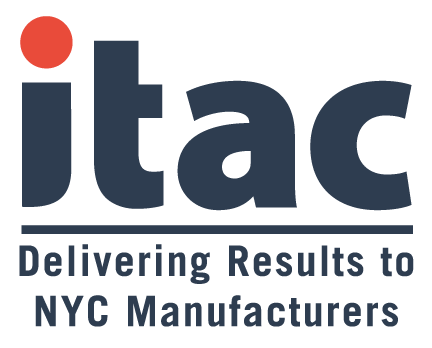It takes more than a flashy website and clever promotional emails to compete in the manufacturing marketing arena. Chances are, your larger competitors are pitching similar products and services to the same client base. Your company’s industrial solution may be to offer state-of-the-art features at a reasonable cost, but do these benefits really outshine your larger competitors? Why should a potential customer choose you from a sea of manufacturers? To stand out in the crowd, you must first define your company’s unique value proposition.
Taking the First Step: How to Define Your Unique Value
Your unique value proposition should explain how you plan to solve your customers’ problems in a way your competitors can’t. To define your unique value, you may want to ask yourself these questions:
- What exactly are we offering in the way of products and services?
- Who are our target customers?
- What are our target customers’ needs and problems?
- How is our company uniquely qualified to solve these problems?
- What is the unique benefit we offer to solve these problems?
- How to answer your customers’ main concern: What’s in it for me?
Try to compile a complete list of all your benefits per the criteria listed above. What makes these benefits valuable for your target customer base? Make it clear who the customer is, what your company can offer them, and how it’s different than the competition.
Don’t try to confuse your value proposition with your company’s mission statement and values. Mission statements are useful tools to position your business in the
manufacturing marketplace, but they don’t define how your operation is uniquely qualified to solve your customers’ problems.
Where to Broadcast Your Unique Value
Your website homepage should serve as your home base for pitching your company’s unique value. Make sure this message is clearly visible so even first-time visitors to your website understand your unique value. For example, a small manufacturer might use their homepage to promote their top-selling products and services, including a mission statement, such as, “We’re committed to delivering a superior product on time and on budget.”
Unfortunately, many manufacturers make the same promise. There’s nothing unique in promising your company will do the job as promised. Your unique value should be more specific than this to help you differentiate yourself. Once your company’s unique value is clearly defined on your homepage, be sure to incorporate that message into your promotional emails. Your email subject line is ideal for introducing your value proposition, but you should tailor your subject line and email content to your target audience.
Many NYC manufacturers rely on a word of mouth sales model. Happy customers can make a powerful referral program. Create a program, informally send gift cards or thank yous to clients that do refer, and always be sure to ask.
Another thing to ask for is reviews. These can be left on Google My Business pages, shared as testimonials for your website and marketing materials, used in case studies, and published wherever your potential customers spend their time.
Social media is also an effective tool to introduce your value proposition to your targeted customer base. Posts are an effective way to introduce case studies or customer testimonials to show how your company delivers this unique value for your target audience. Don’t be afraid to change out your more direct “pitch” posts with industry news or insights that impact your target audience. This can position your company as a subject matter expert and display your ability to “walk the talk” when it comes to your unique value.
Your company’s unique value is your secret ingredient to competing with larger manufacturers through digital marketing. When it comes to your value proposition, don’t just tell your audience you’re the best at what you do. Prove it.






